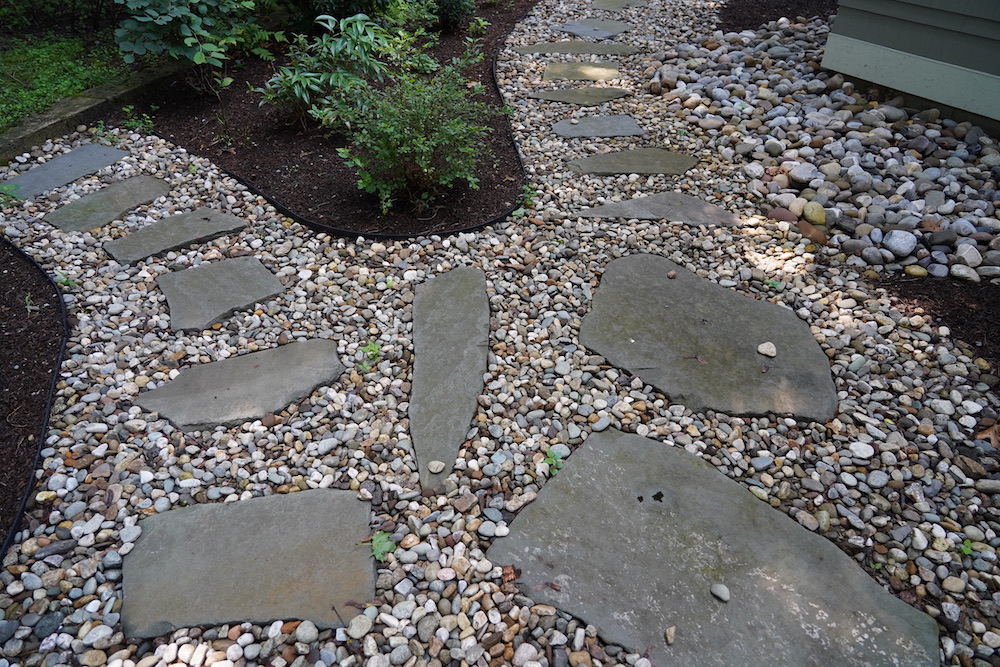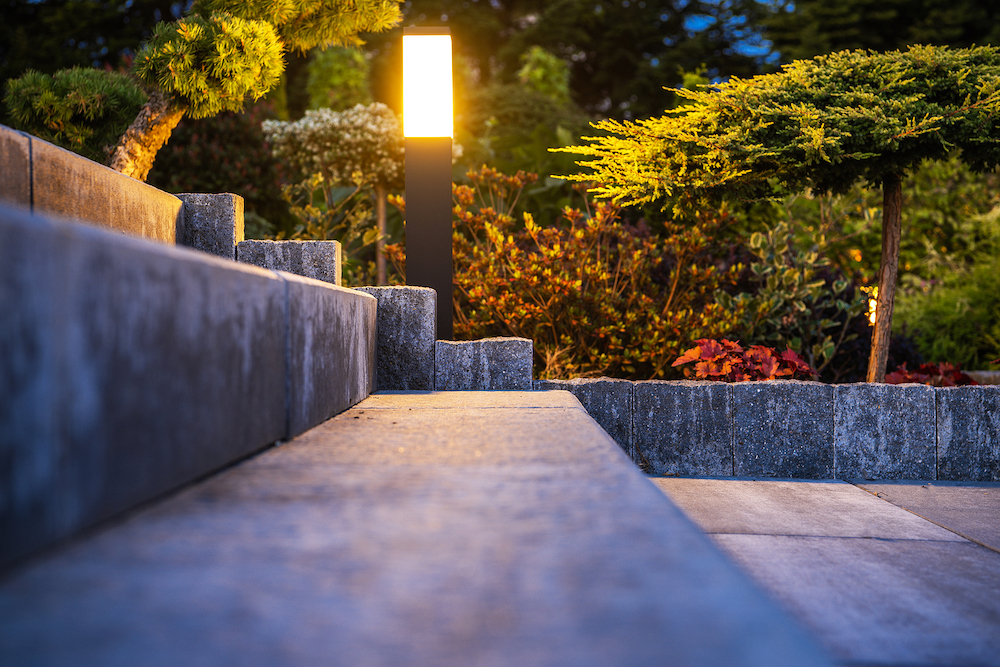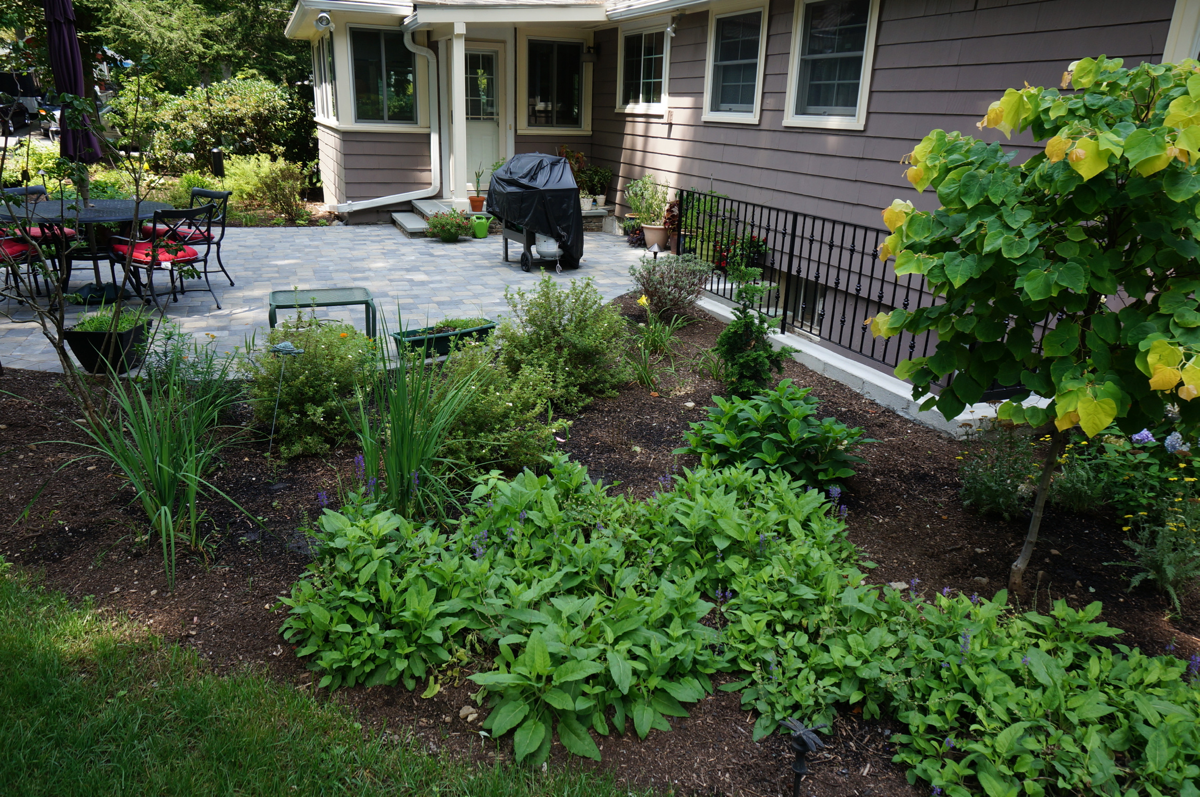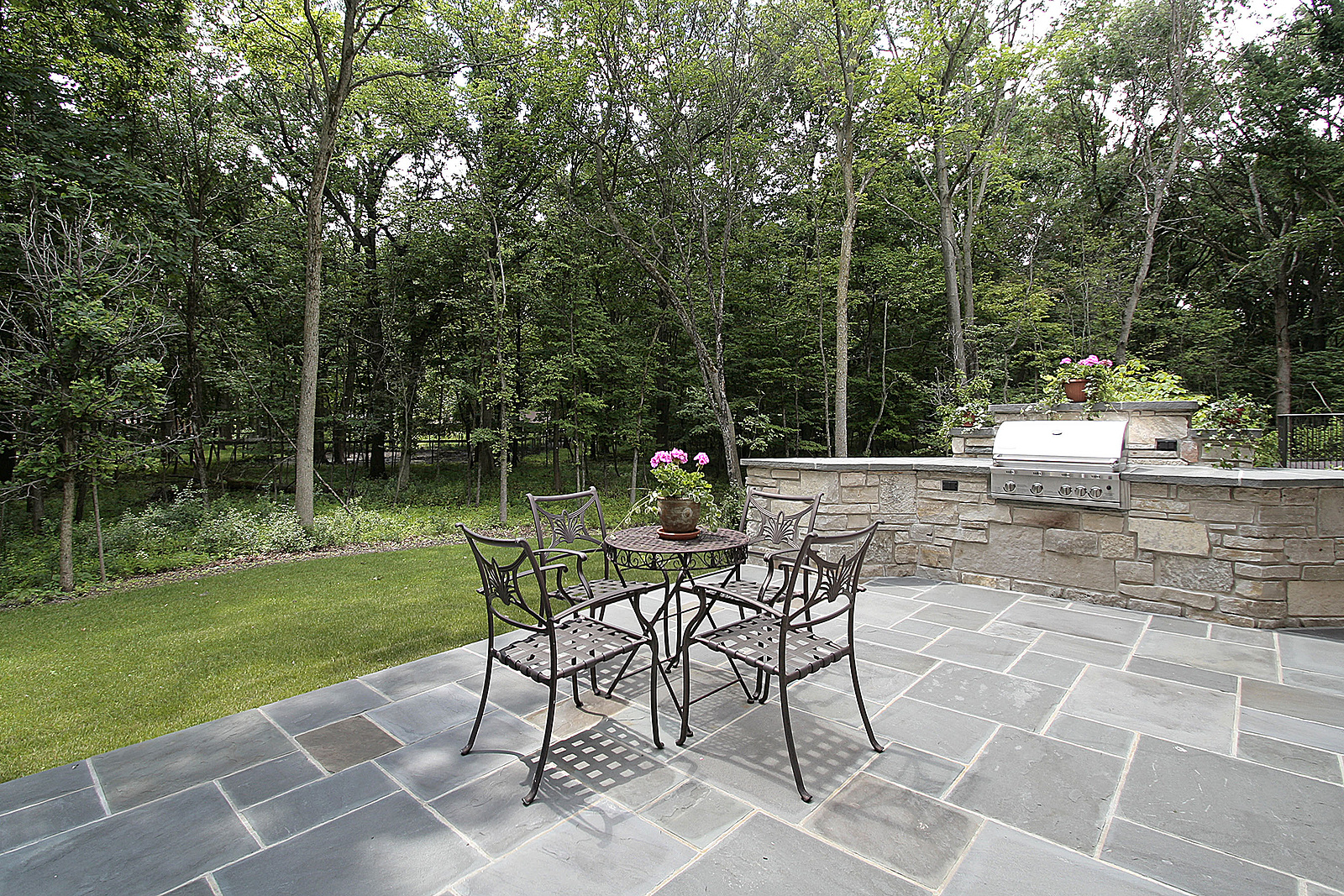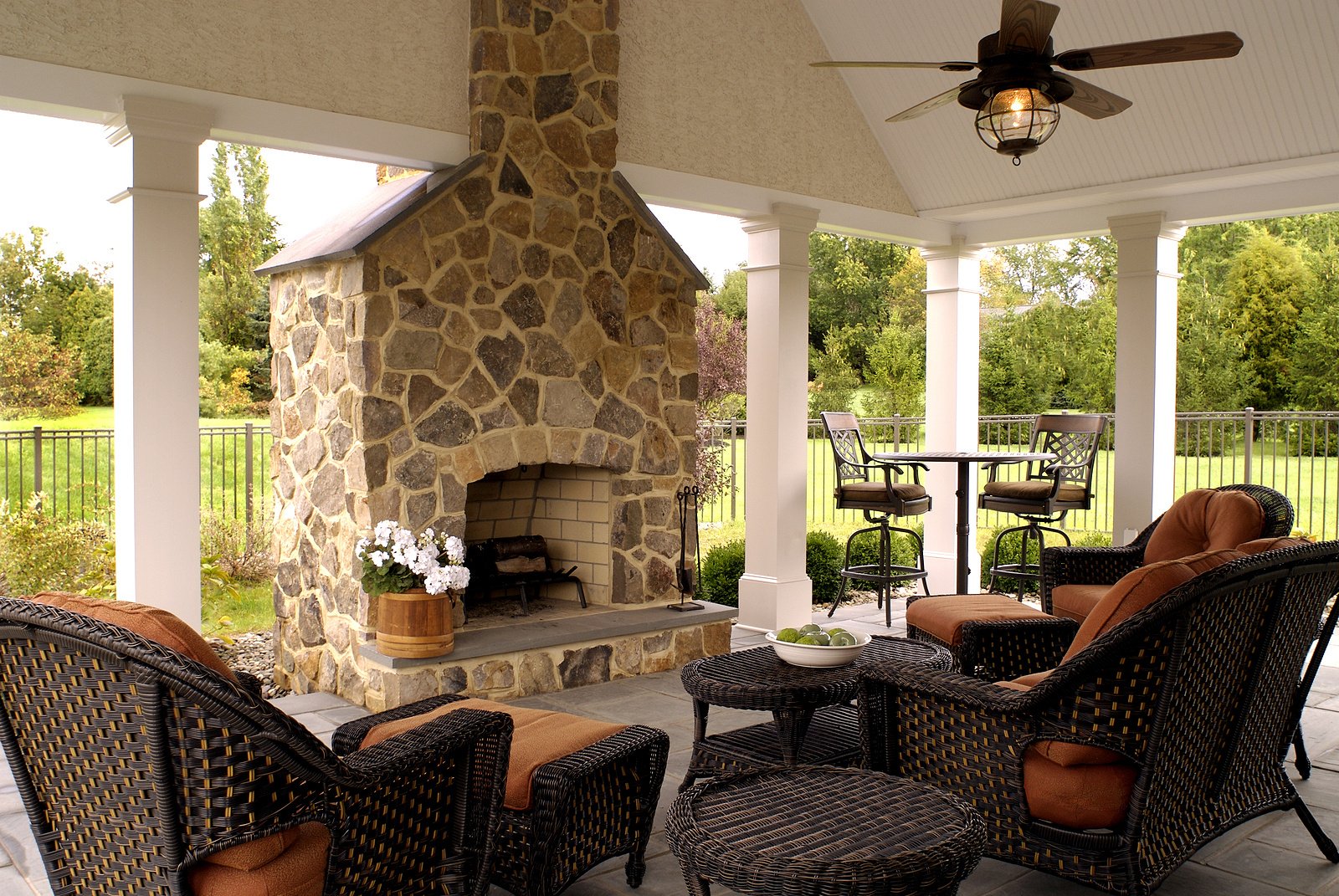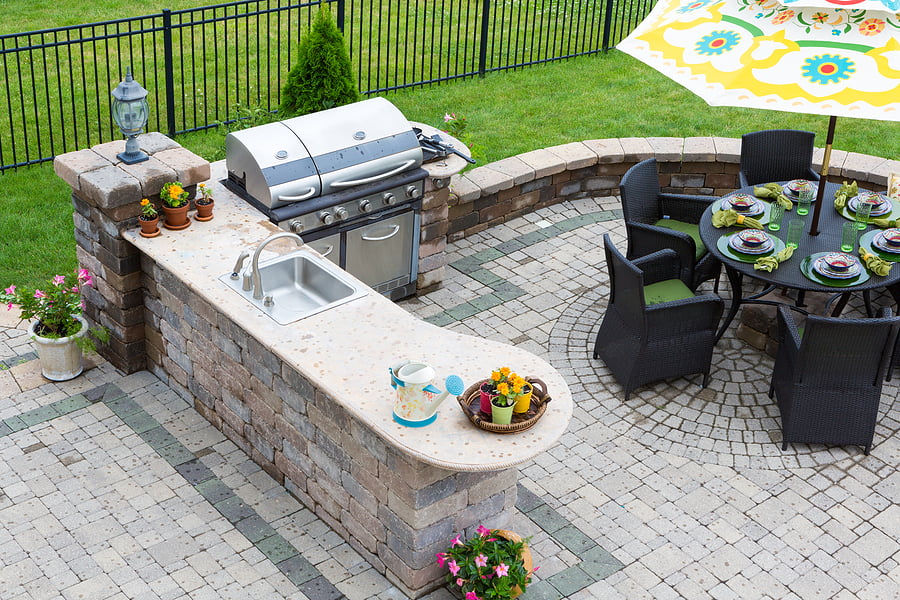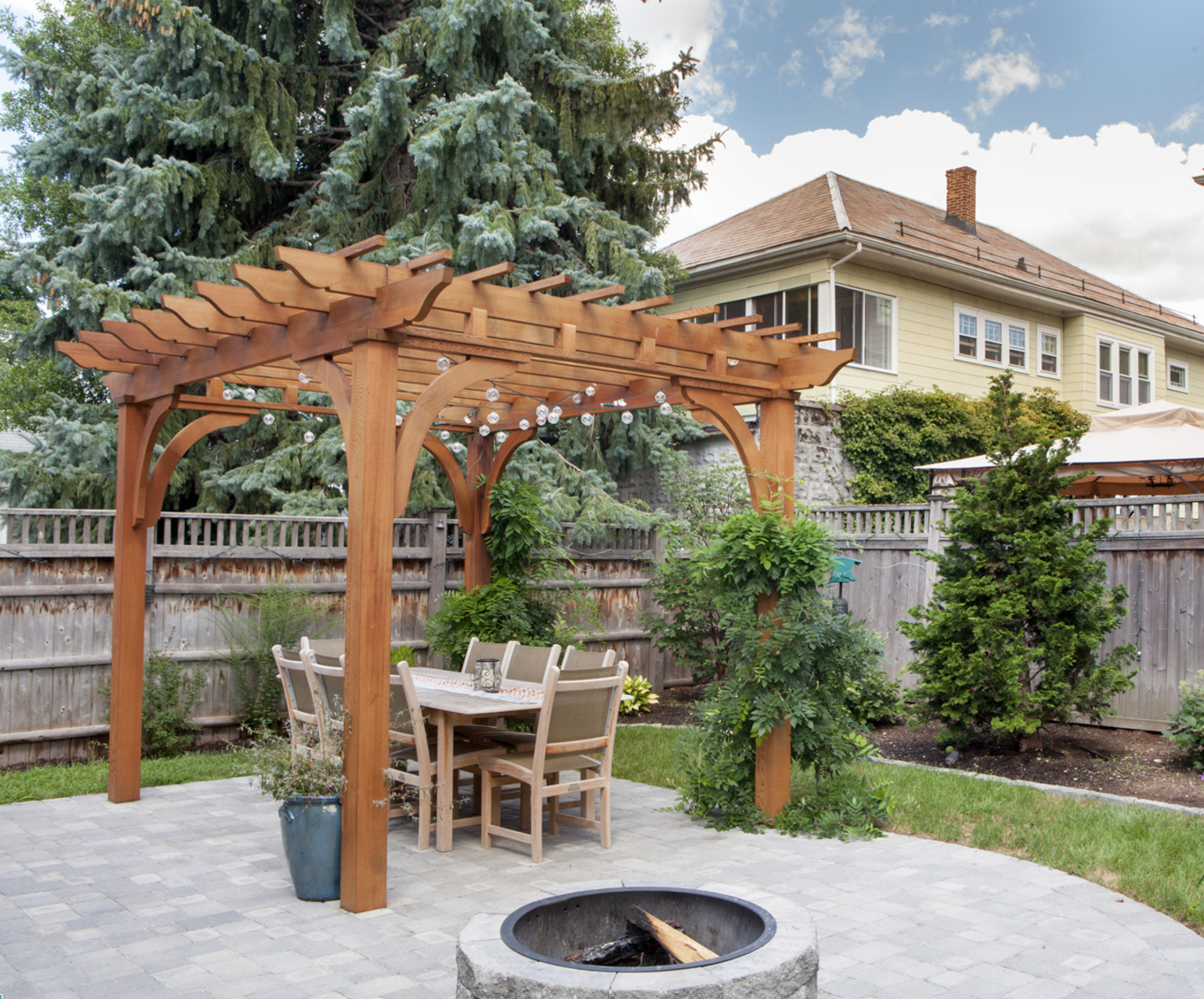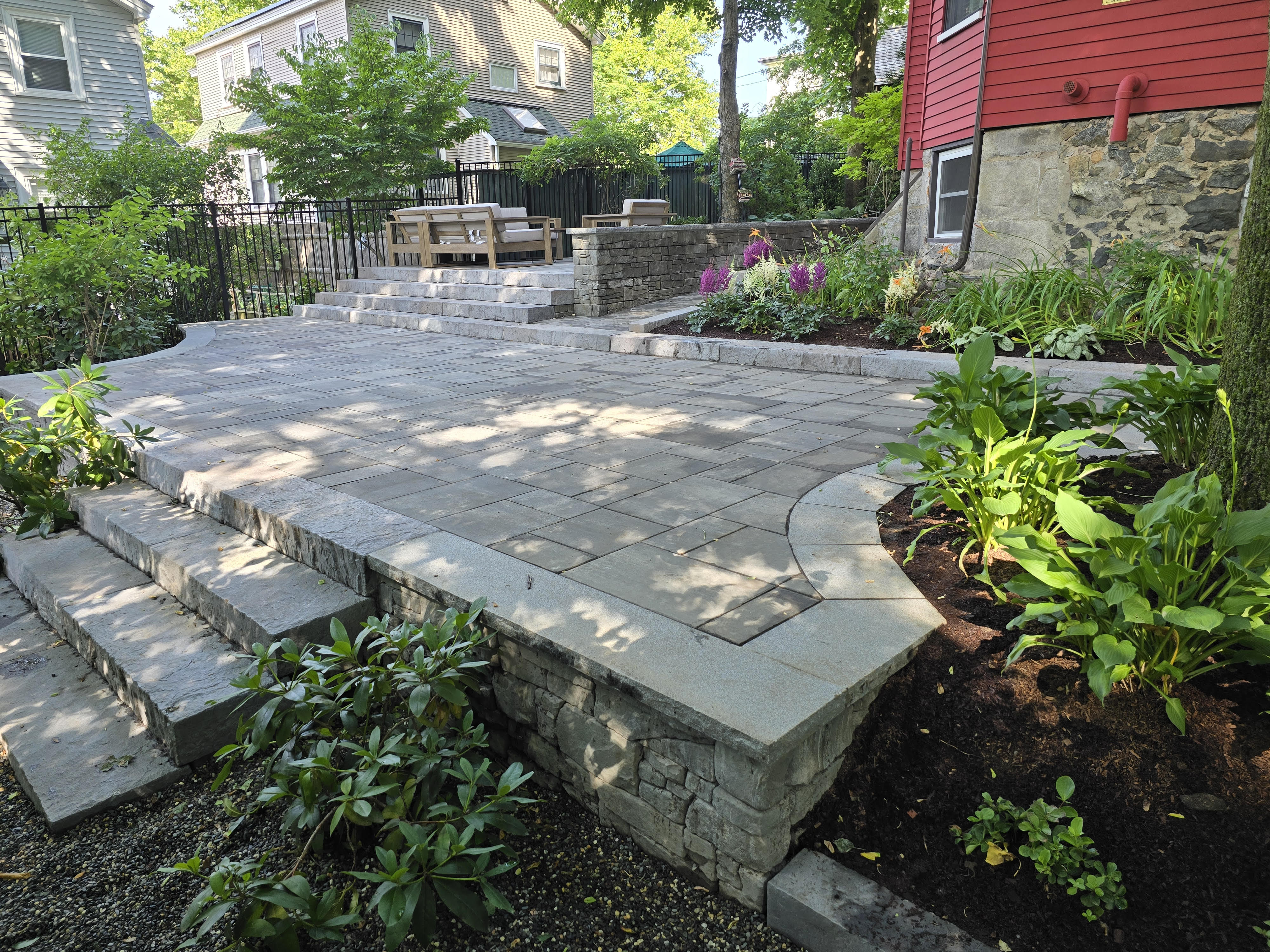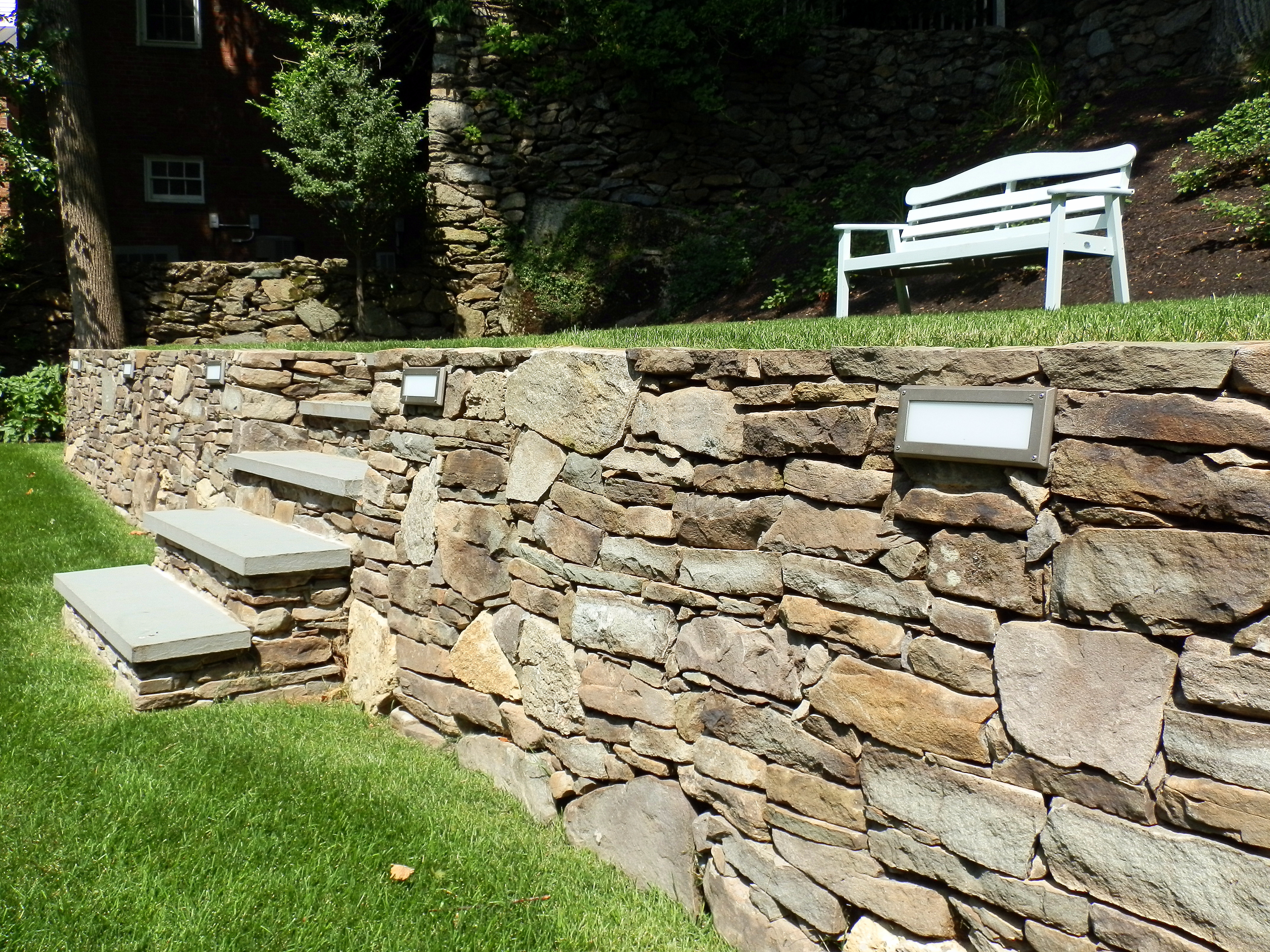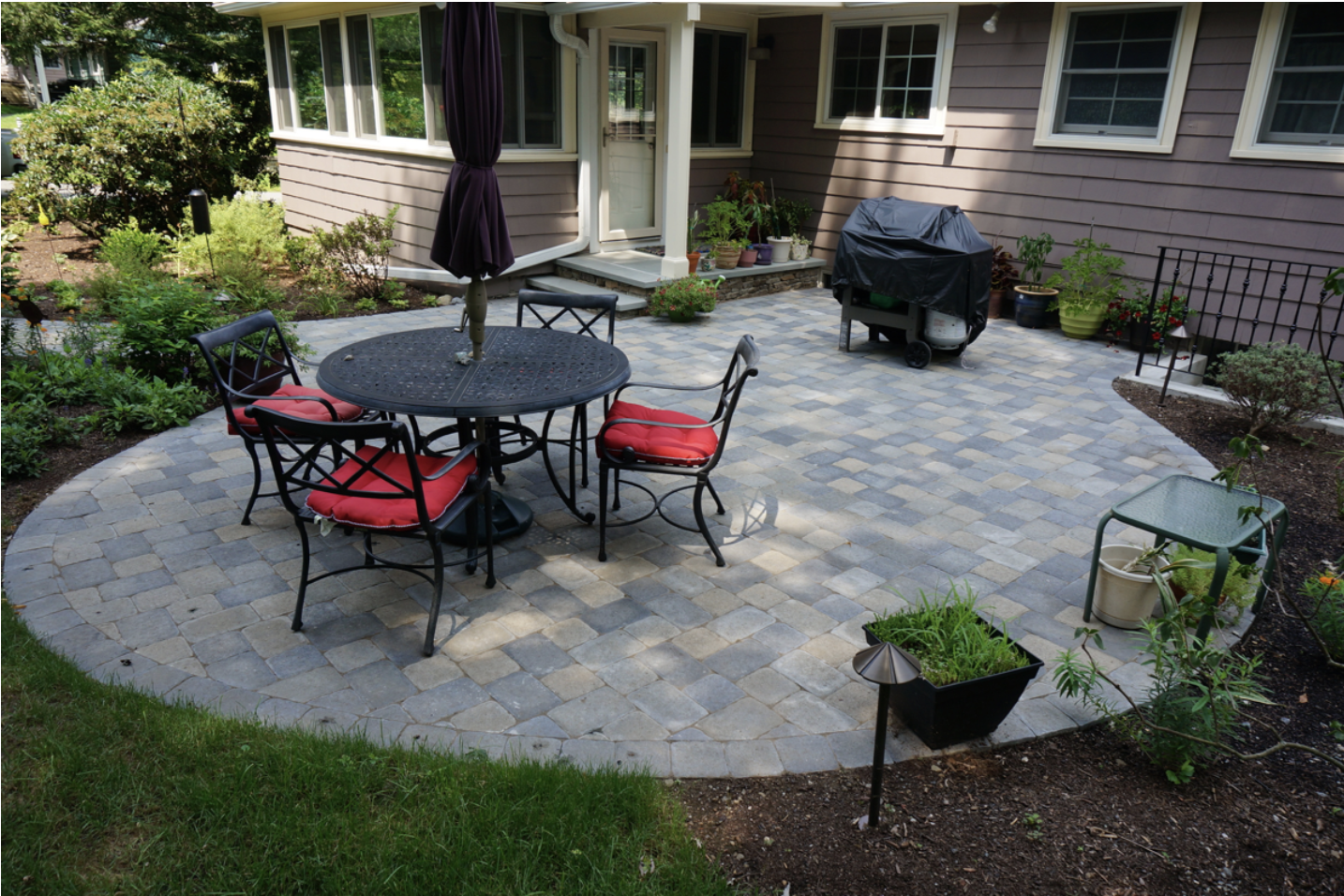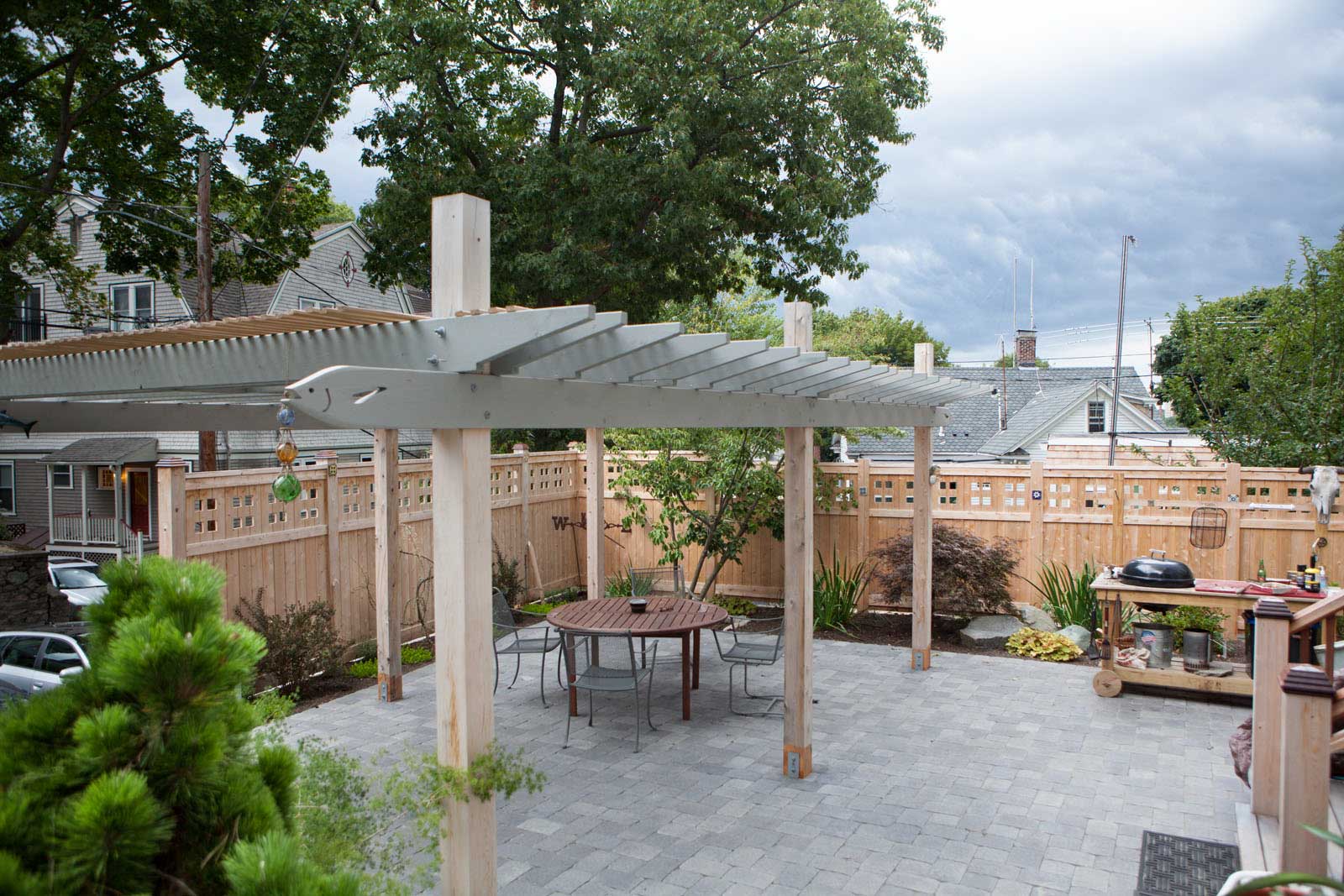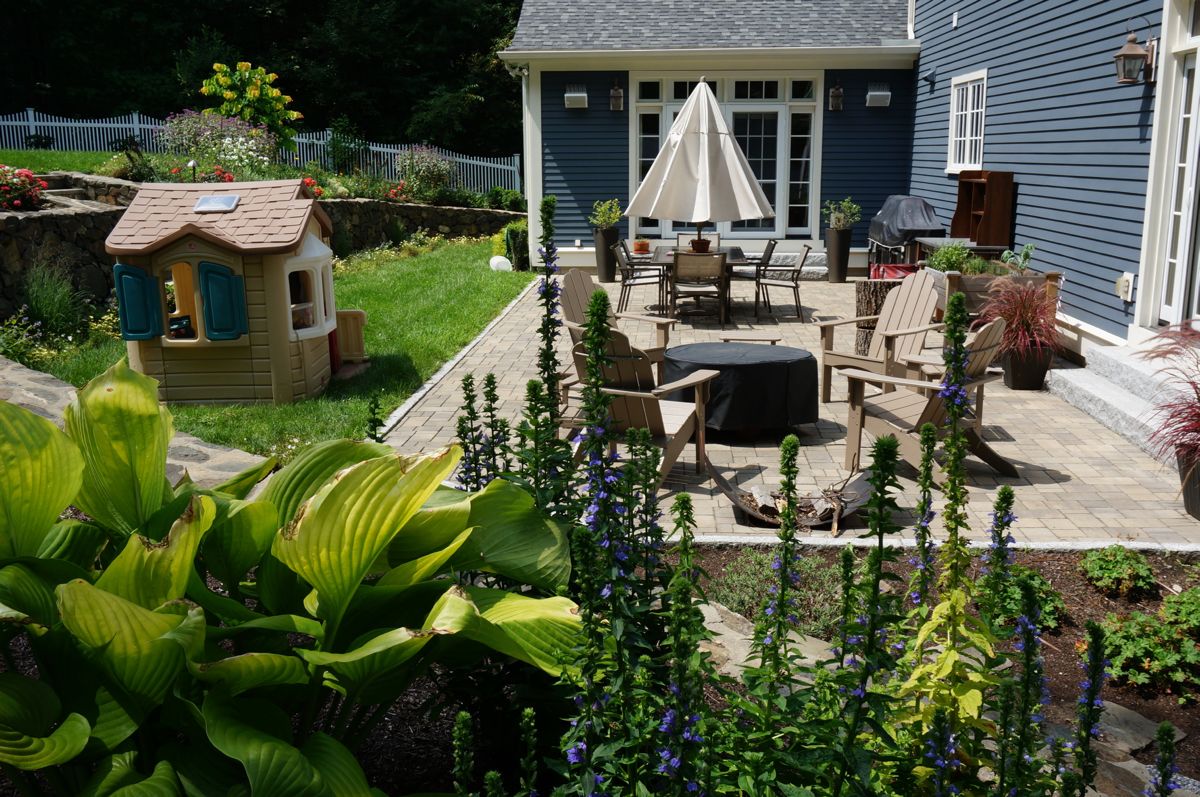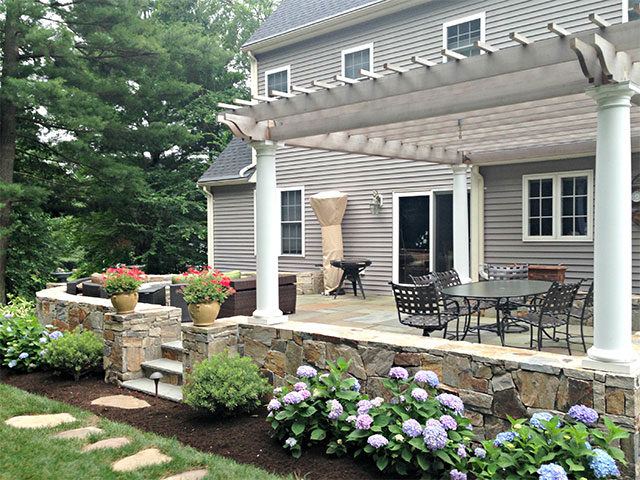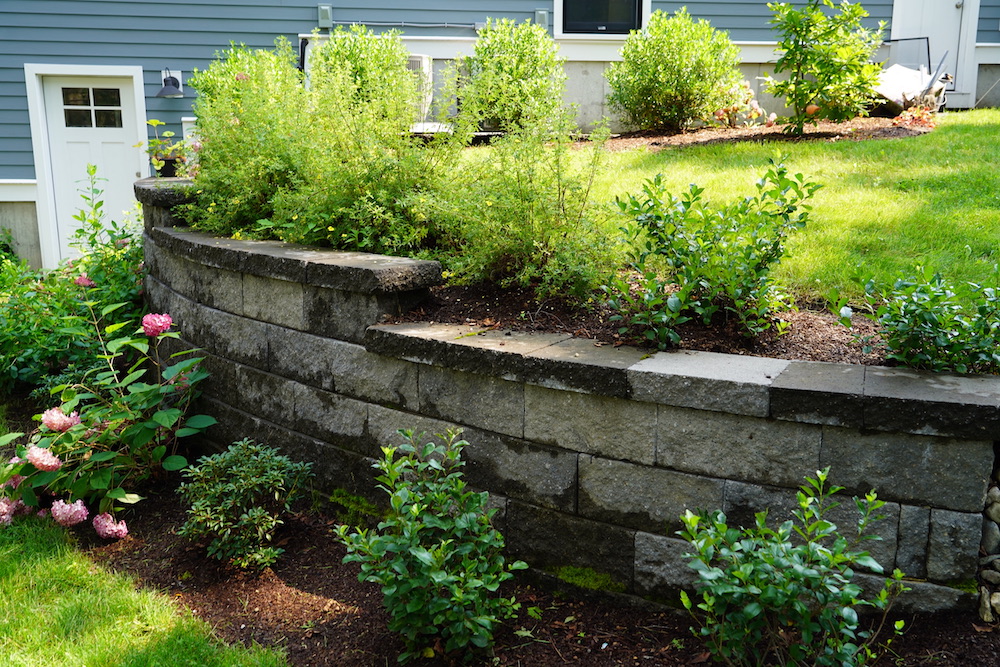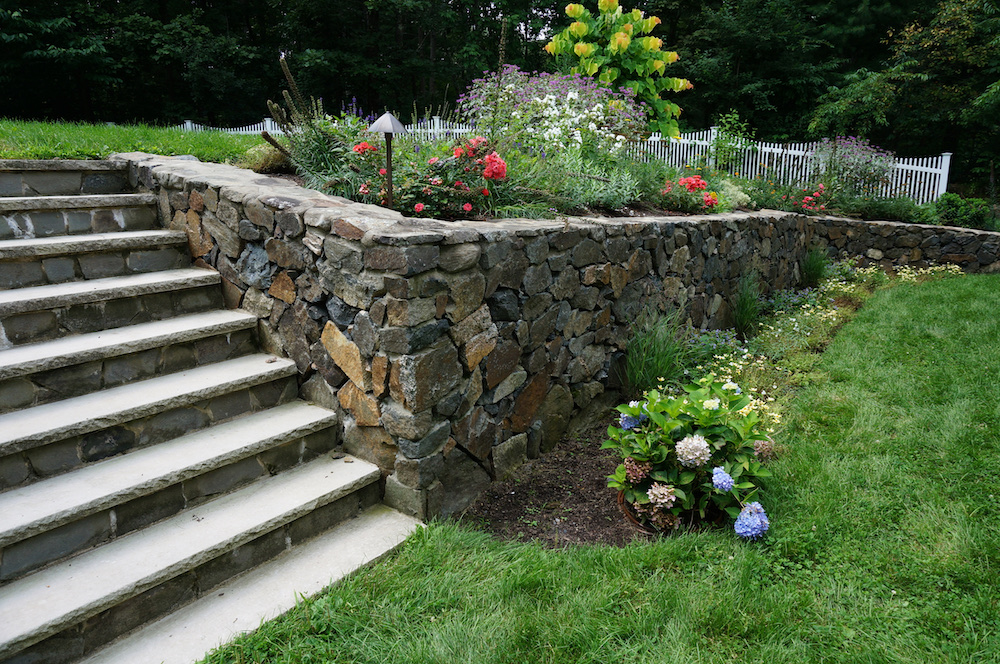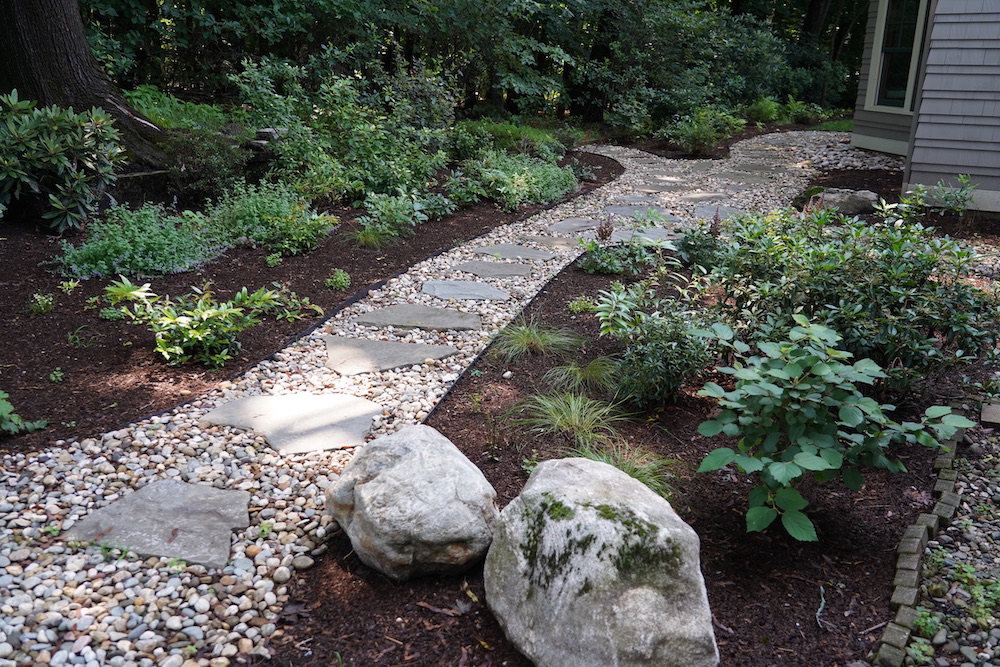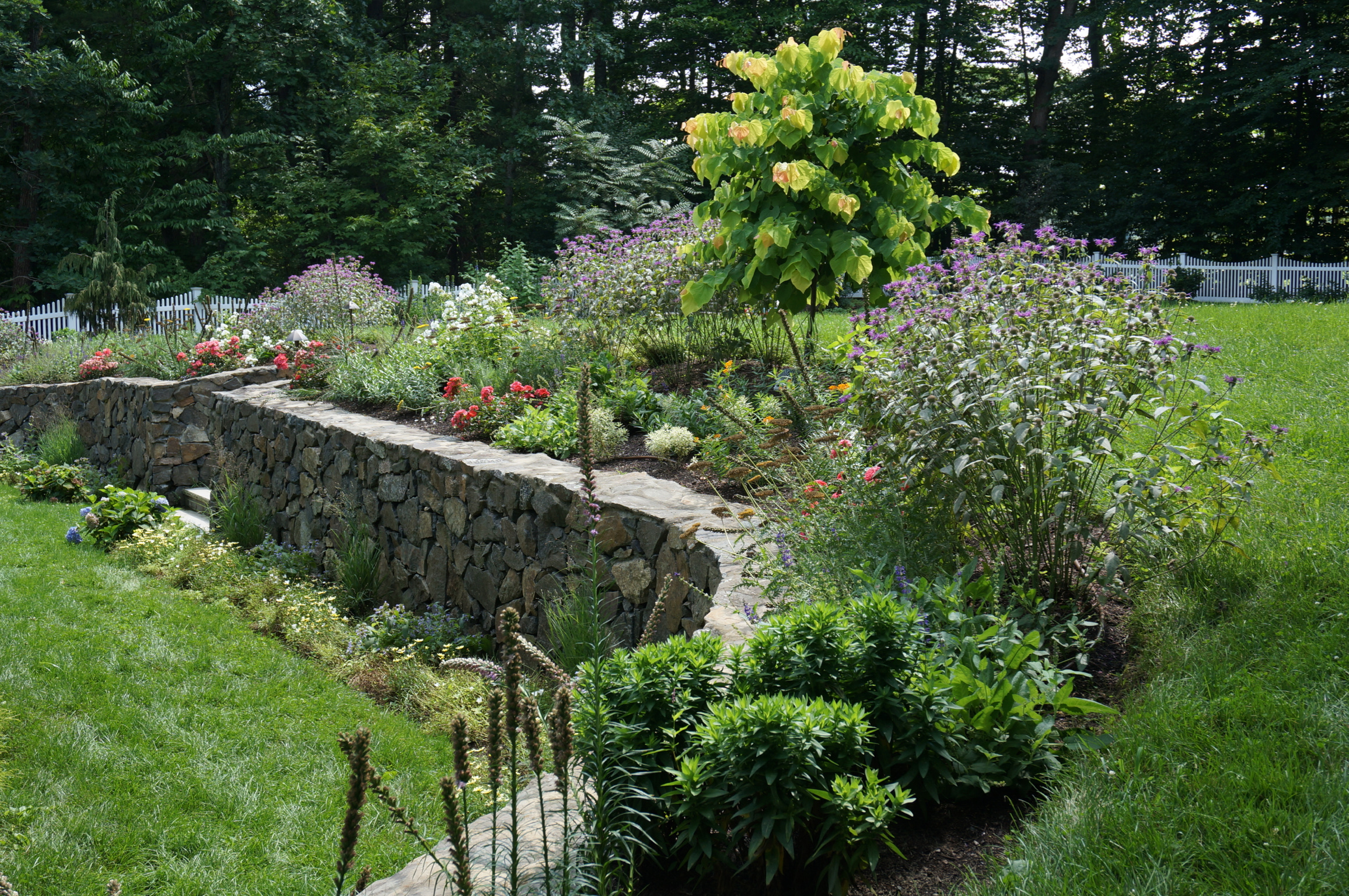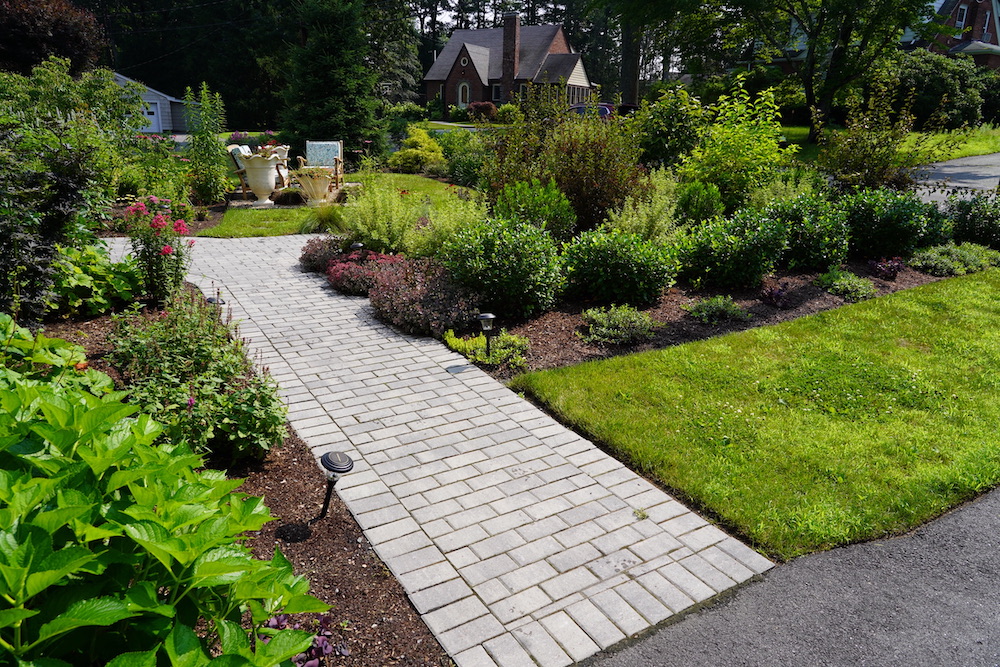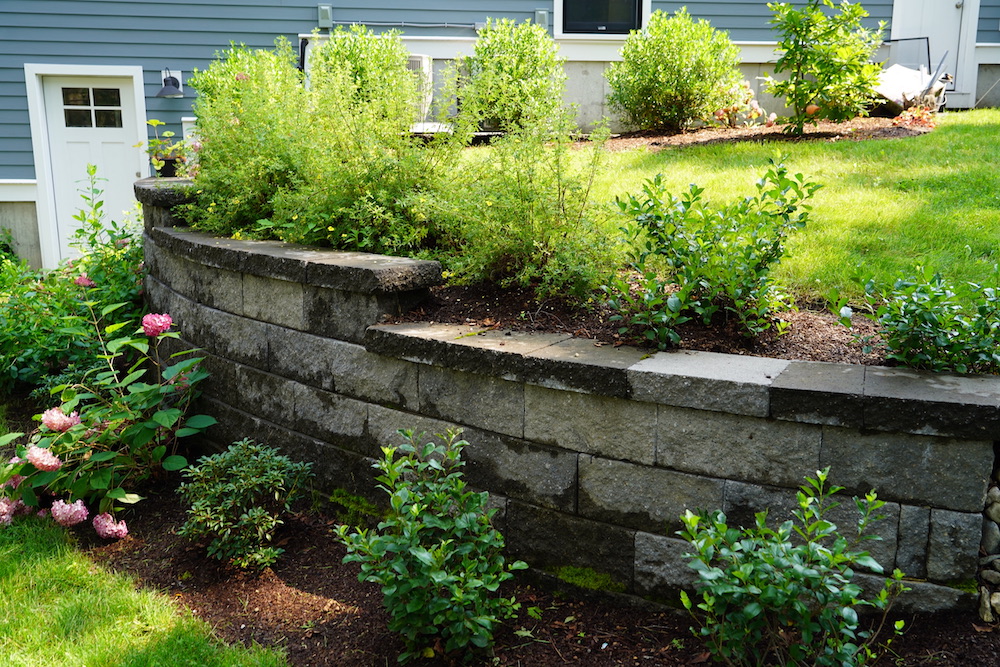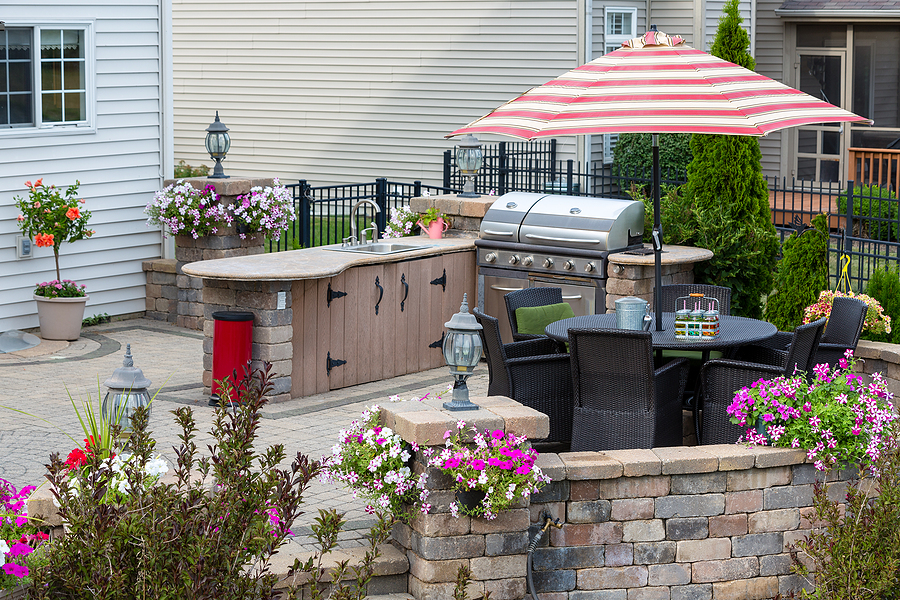Whether you’re installing a new patio, building your dream outdoor kitchen, transforming a driveway, or adding a firepit, there are a lot of factors that come into play when working on the hardscape design within your landscape.
Hardscaping (which includes the non-living additions to your landscape) is a great way to add interest and utility to your outdoor living space, and a well-executed hardscape project can completely transform your outdoor area and boost its curb appeal.
When brainstorming hardscaping ideas, be sure to consider how the materials you use will affect your local ecology.
In a world where we are increasingly aware of eco-friendly options, choosing something that is gentle on the environment is easier than ever. There are lots of amazing and innovative hardscape materials out there that can help you to achieve your dream landscape design while making sure you’re caring for the Earth at the same time.
Environmental Factors to Consider When Designing a Hardscape Project
Before choosing your hardscape products, think about what factors and features are important to you when it comes to interacting sustainably with your environment.
Permeability
One major factor to consider is permeability. Before choosing hardscape materials, research how well they allow water to move through the water cycle. Something that is adequately permeable will allow for proper water drainage and will prevent water accumulation.
Allowing water to get back to the water table through the soil is essential for the health of your overall ecosystem. This is why using materials such as a concrete slab or concrete pavers for patios and walkways may not be the most eco-friendly choice.
Water Conservation
Hand in hand with permeability is water conservation. Using appropriate, permeable materials allows rainwater to replace groundwater. Not impeding this natural process will decrease the need for irrigation in your landscape.
Soil Erosion
One thing that we can hope to prevent by using eco-friendly hardscape materials is soil erosion. Choosing permeable materials and pairing them with appropriate landscape for your lawn conditions can prevent the washing away of precious topsoil. Facilitating proper drainage prevents soil from eroding around your hardscape installations.
A huge factor in making eco-friendly decisions in your landscape design is contaminant reduction. As good stewards of the earth, we want to reduce our instances of contamination as much as we possibly can.
By using permeable materials, homeowners can filter pollutants, which in turn will prevent toxins from entering groundwater supply and spreading to other areas of your landscaping and eventually ending up in nearby bodies of water.
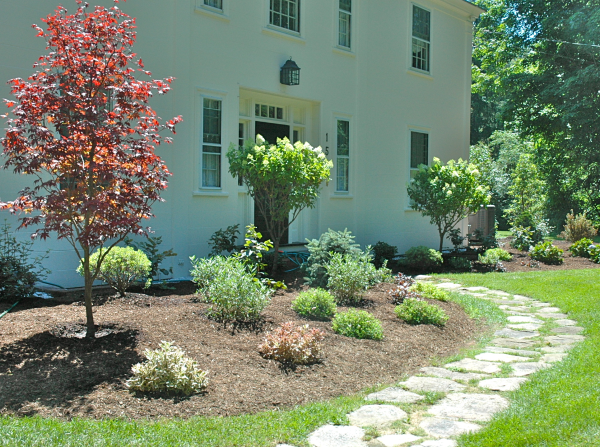
Types of Eco-Friendly Hardscaping Materials
There are so many incredible options when it comes to eco-friendly hardscaping products. All are beautiful additions to your overall landscape, and many have the added benefits of being low maintenance materials. A non-exhaustive list includes:
Natural Stone
A great eco-friendly option, natural stone can be used in any project from installing pavers to building retaining walls. Go the extra step in environmental consciousness and source your stone from a local quarry, cutting back on pollution due to the freighting of materials.
Permeable Pavers
This type of paver looks and acts very much like typical pavers. The main difference between the two is that permeable pavers are set farther apart from one another, allowing water to behave in a natural way, and causing rainwater to permeate the ground near to where it falls rather than run off to other areas.
Ceramic Pavers
Ceramic pavers are made from clay, a naturally occurring material that when heated to a very high temperature becomes hard and durable. If left unglazed, the ceramic material allows water to pass through its body, making this an excellent option for ensuring permeability in your hardscape design.
Permeable Asphalt
This material is made up of a greater portion of larger particles than its traditional counterpart. These larger particles leave gaps in the material that allow water to seep through rather than run off.
Gravel
Gravel is a great option that is both highly permeable and excellent for initiating contaminant reduction. Not only is it useful and environmentally friendly, but can be a great cost-effective option for hardscaping in level areas.
Cobblestone
A classic choice that is also eco-friendly, cobblestones are often set in sand or small gravel, making them yet another good option for supporting the natural water cycle. This is a beautiful option when looking for an alternative to a brick patio.
Flagstone
Like cobblestone, flagstone pavers, such as the bluestone variety, are a timeless option with excellent permeability, perfect for allowing rainwater to return to the water table.
These hardscape materials are impressive and popular, but they aren’t the only ones that are worthy of installation in your eco-friendly landscape. A bit of digging will help you to find even more eco-friendly alternatives for your hardscaping.
There are a vast number of eco-friendly hardscape materials out there, and through some consideration and research, homeowners can determine what is the best available option in their area.
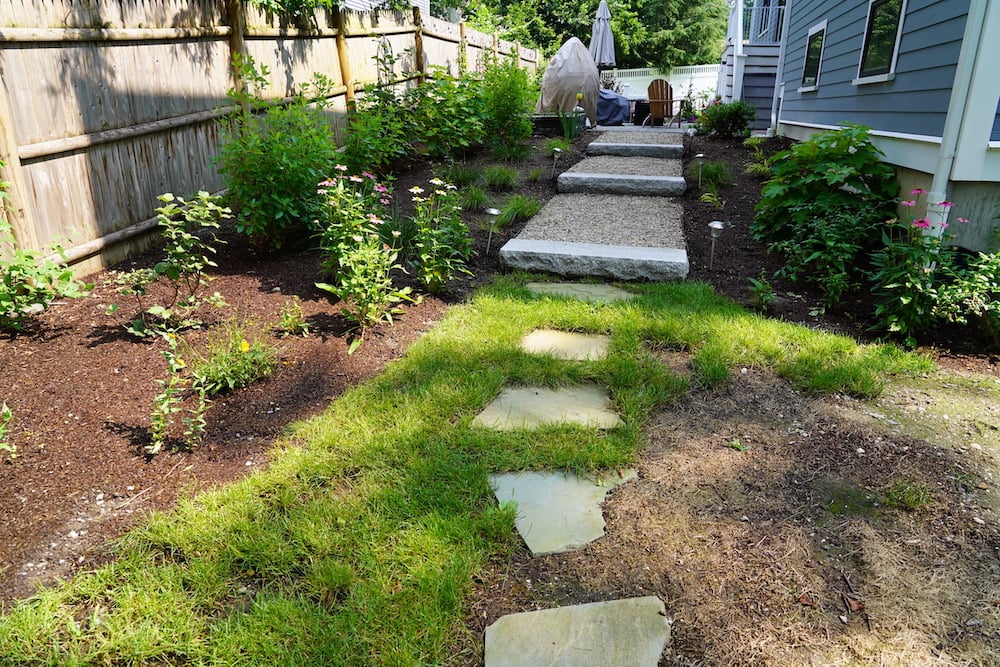
Hardscape Projects Can Look Great While Supporting a Healthy Environment
Having eco-friendly hardscaping that supports a healthy environment and taking pride in an aesthetically pleasing, cohesive landscape are not mutually exclusive. There are amazing options when it comes to choosing beautiful hardscape materials.
Not only is there an incredible range of eco-friendly materials available, but the options are visually impressive across the board, suitable for homeowners with tastes ranging from classic to modern.
Committing to eco-friendly hardscape materials shouldn’t lead to any sacrifice in style when it comes to the design of your hardscaping. There are abounding hardscape products and construction methods out there that can be used to achieve any hardscaping element.
Some, like cobblestone, have been used for centuries, while others, like permeable asphalt, are new developments brought to us by engineers dedicated to environmental health and sustainability.
Eco-friendly hardscaping doesn’t have to be boring. Exercise your personal style by choosing a wide variety of hardscape materials for an eclectic look, or stick to a stricter palette of materials to complete a sleeker, more contemporary design.
Thoughtful hardscaping has an important role in the utility of your landscape. It’s important to think about how your hardscape will serve both you and the environment you inhabit.
Before beginning a hardscape product, keep in mind what factors make hardscape materials eco-friendly, and use your knowledge to choose which materials will support and enhance your local ecology.
By utilizing eco-friendly hardscape materials for your home landscape, you’ll not only be enhancing your beautiful landscape, but you’ll be confident that you can do so in such a way that won’t harm the natural world around you.
To learn more about all of the factors that can help you create a beautiful home hardscape, please download our free ebook, The Expert Guide to Building the Custom Home Hardscape of Your Dreams. And to get started on your own personal hardscape, contact our team for a free project consultation.


